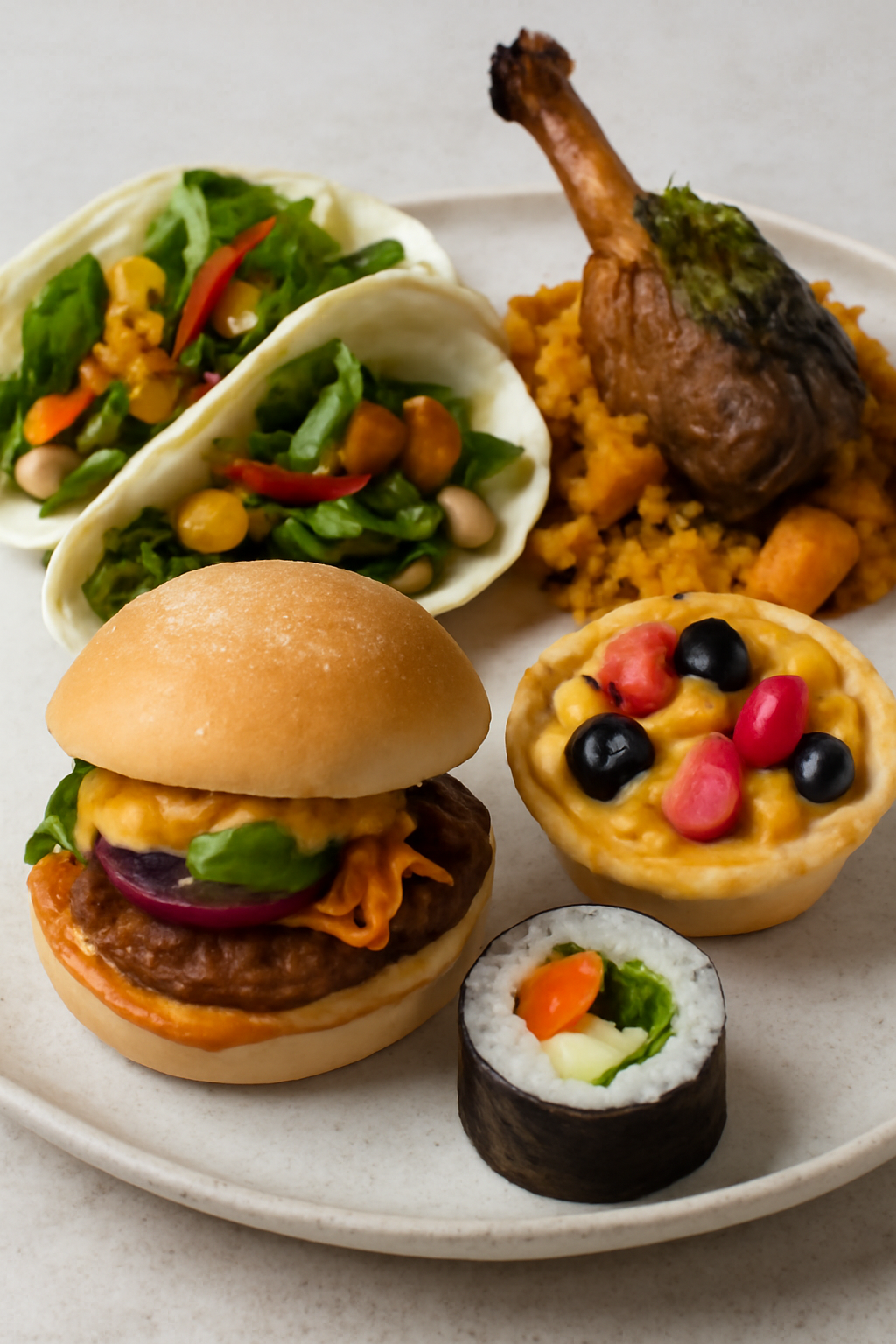In recent years, Australia’s culinary landscape has been significantly influenced by the fusion food movement, with global flavors and techniques blending seamlessly with traditional Australian ingredients. This trend reflects the country’s multicultural population and its love for experimenting with different cuisines. Fusion food has become an essential part of Australia’s dining culture, creating dishes that appeal to both local and international tastes.
A key feature of Australian fusion cuisine is the blending of classic Australian produce with ingredients and culinary methods from other parts of the world. For example, the use of native Australian herbs, such as lemon myrtle and finger lime, in Asian-inspired dishes is a growing trend. These native ingredients add a distinctive Australian touch to the flavors of Chinese, Thai, or Japanese cuisine, offering a truly unique dining experience that highlights both local and international influences.
The concept of “modern Australian” cuisine, or “Mod Oz” as it is often called, is a direct result of this fusion movement. This style of cooking emphasizes the use of Australian-grown ingredients like macadamia nuts, bush tomatoes, and sweet potatoes, but incorporates a wide range of global cooking techniques. Dishes like “kangaroo sashimi” or “wattle seed risotto” showcase how local Australian ingredients can be harmoniously combined with international techniques to create something new and exciting.
In particular, the influence of Southeast Asian flavors has been one of the most prominent forces in shaping Australian fusion cuisine. The use of ingredients like lemongrass, kaffir lime, and chili in Australian dishes has become increasingly common. For instance, local seafood such as barramundi or prawns is often paired with Thai-inspired green curry sauces or Vietnamese-style pickled vegetables, resulting in a fresh and vibrant dish that balances the flavors of the Australian coast with Southeast Asian spice.
Fusion cuisine has also made its way into Australia’s iconic café culture. For example, classic café dishes like eggs benedict have been reimagined with the addition of Asian-style hot sauce or Middle Eastern spices. Similarly, the popular Australian snack, “meat pies,” has been given an international twist, with fillings like Japanese curry, Mexican-style chili con carne, or Moroccan lamb, offering a global take on this beloved comfort food.
The growing popularity of fusion food in Australia is also evident in the rise of food trucks and casual dining spots. These venues embrace creative interpretations of international and Australian dishes, often featuring seasonal produce and locally sourced ingredients. By combining local specialties with global flavors, food trucks have become a hub for food lovers seeking innovative and affordable fusion dishes.
As Australians continue to explore and embrace different cultures through food, the fusion food movement is expected to keep evolving. The diverse culinary influences in Australia have made the country a hotbed for experimentation, where chefs push the boundaries of traditional cooking and create entirely new dishes that reflect the multicultural fabric of the nation.



